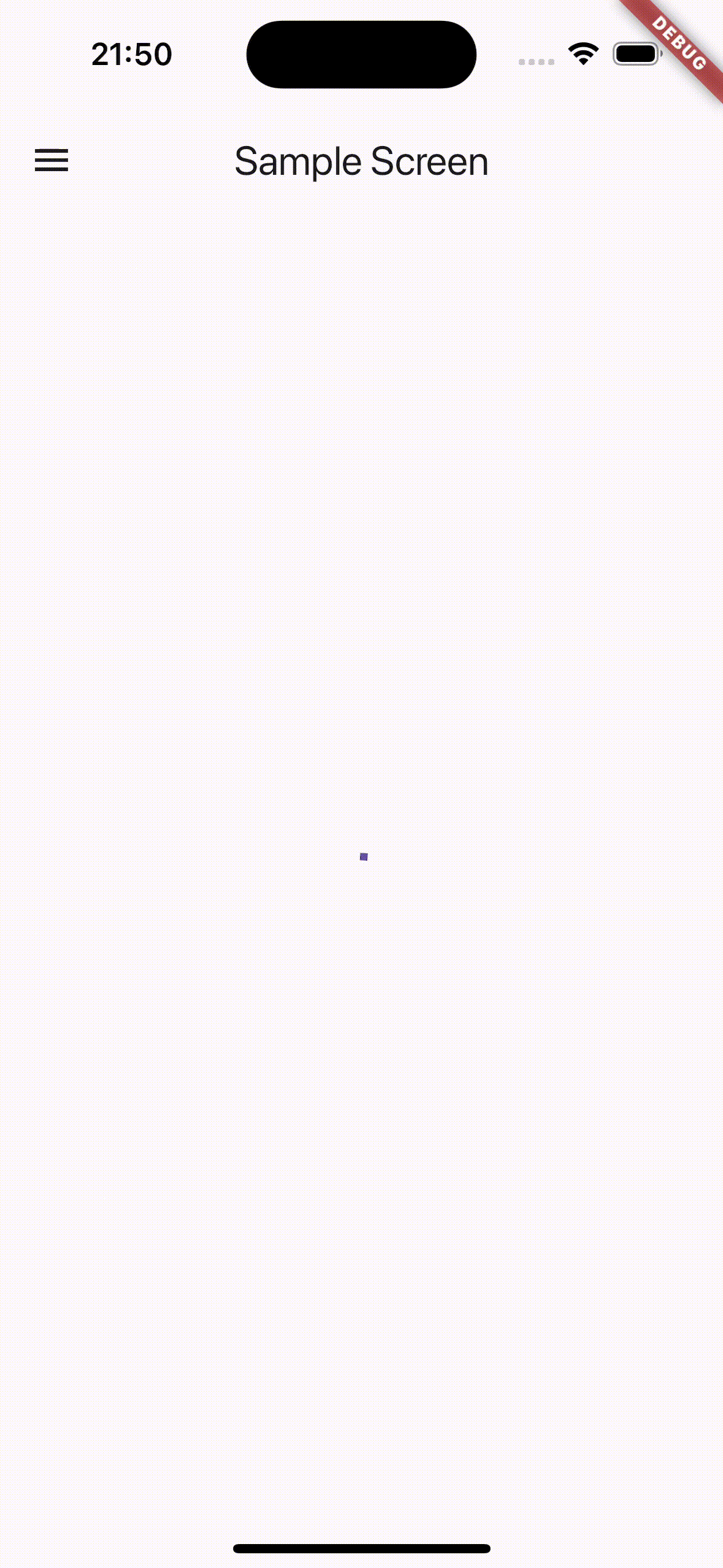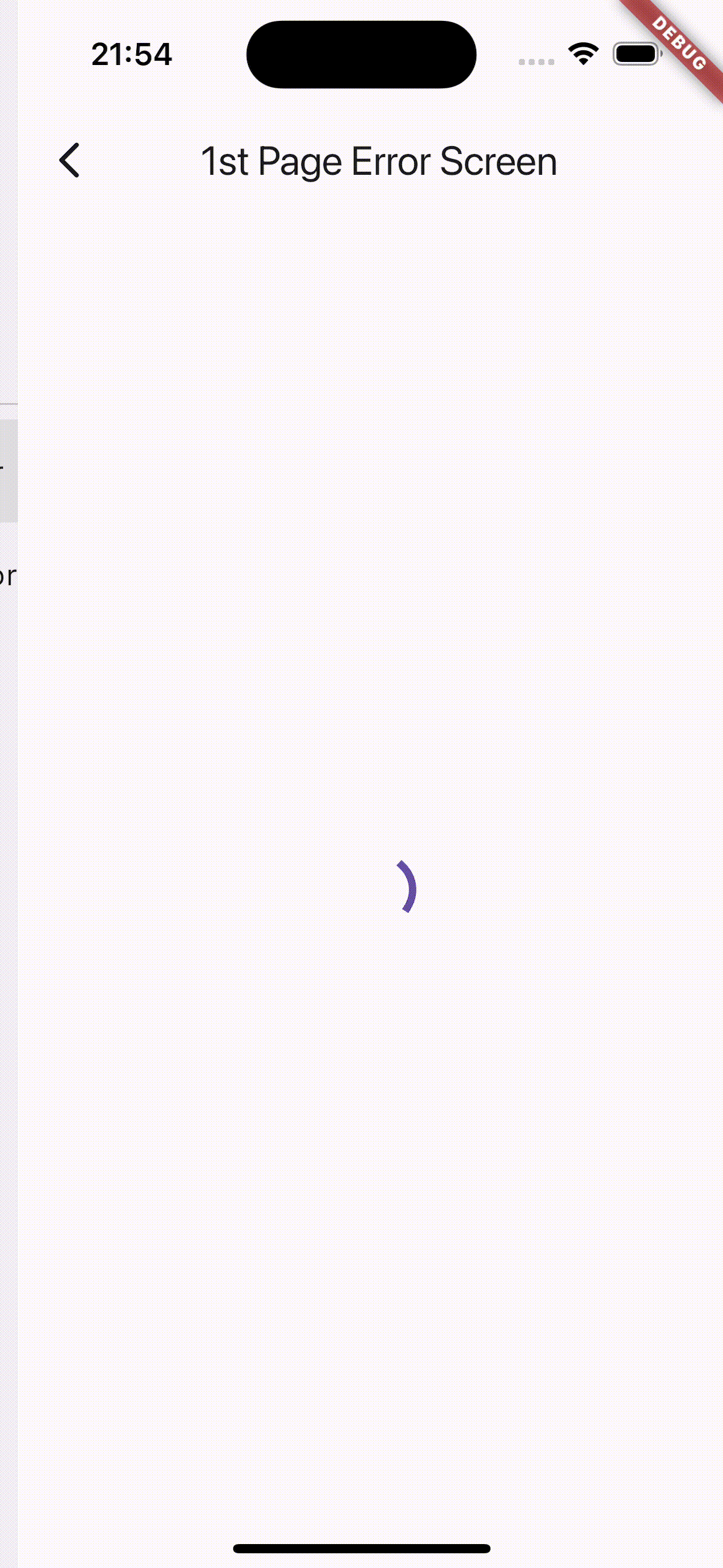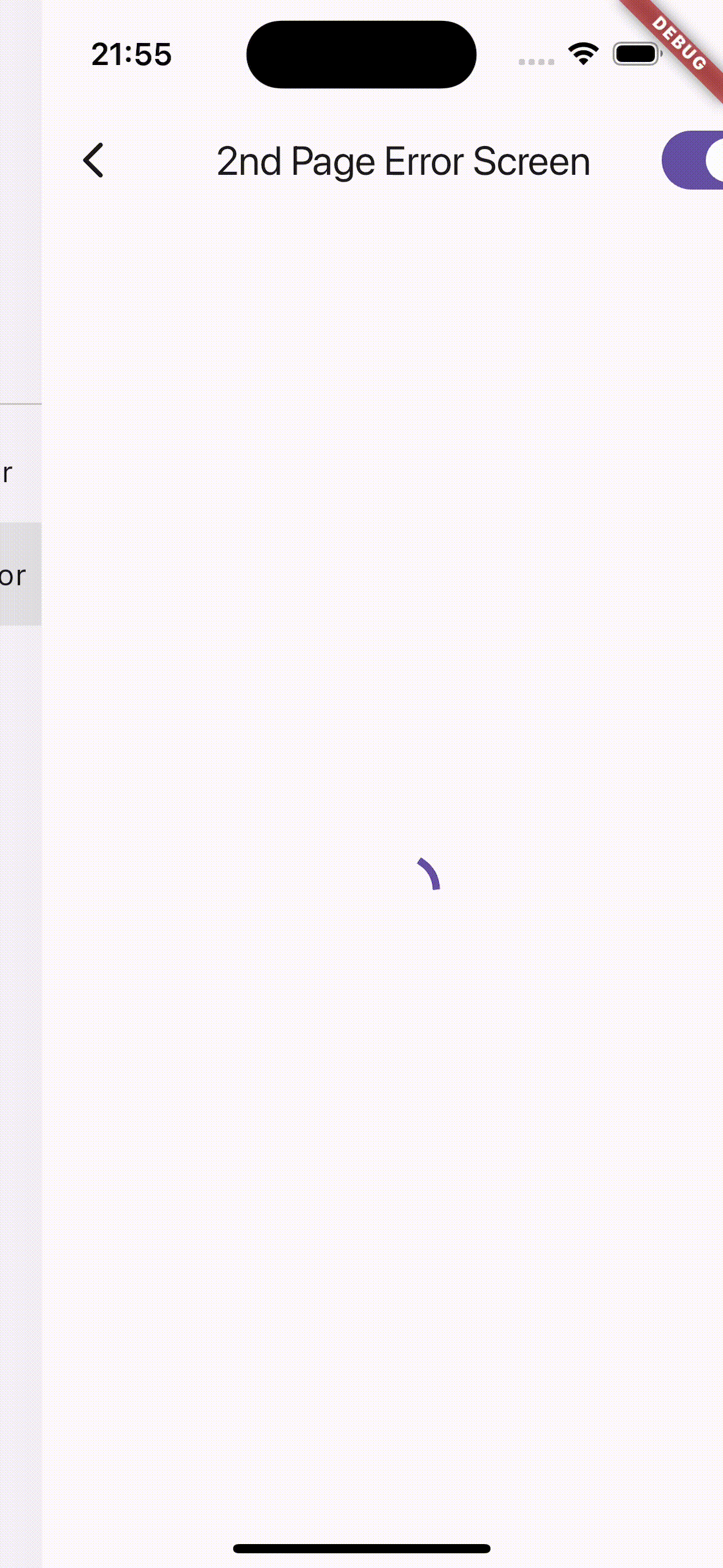Flutter分页加载工具插件riverpod_paging_utils的使用
Flutter分页加载工具插件riverpod_paging_utils的使用
riverpod_paging_utils 是一个为Flutter应用提供分页功能的工具包,基于Riverpod状态管理库。它包括一个通用的 PagingHelperView 小部件和用于基于页面、偏移量和游标的分页逻辑的混入(mixin)。
Demo



特性
- PagingHelperView: 简化Flutter应用中分页实现的通用小部件。
- PagePagingNotifierMixin: 用于实现基于页面的分页逻辑的混入。
- OffsetPagingNotifierMixin: 用于实现基于偏移量的分页逻辑的混入。
- CursorPagingNotifierMixin: 用于实现基于游标的分页逻辑的混入。
开始使用
安装
在 pubspec.yaml 文件中添加以下依赖:
dependencies:
riverpod_paging_utils: ^{latest}
然后运行 flutter pub get 来安装这个包。
使用示例
下面是一个如何使用 PagingHelperView 小部件与 Riverpod 提供者程序(使用 CursorPagingNotifierMixin 混入)的简单例子:
import 'package:flutter/material.dart';
import 'package:flutter_riverpod/flutter_riverpod.dart';
import 'package:riverpod_paging_utils/riverpod_paging_utils.dart';
// 假设 SampleItem 和 SampleRepository 已经定义
class SampleItem {
final String id;
final String name;
SampleItem({required this.id, required this.name});
}
class SampleRepository {
Future<(List<SampleItem>, String?)> getByCursor(String? cursor) async {
// 实现获取数据的逻辑
return ([], null);
}
}
@riverpod
class SampleNotifier extends _$SampleNotifier with CursorPagingNotifierMixin<SampleItem> {
@override
Future<CursorPagingData<SampleItem>> build() => fetch(cursor: null);
@override
Future<CursorPagingData<SampleItem>> fetch({
required String? cursor,
}) async {
final repository = SampleRepository();
final (items, nextCursor) = await repository.getByCursor(cursor);
final hasMore = nextCursor != null && nextCursor.isNotEmpty;
return CursorPagingData(
items: items,
hasMore: hasMore,
nextCursor: nextCursor,
);
}
}
final sampleNotifierProvider = SampleNotifier.new;
class SampleScreen extends StatelessWidget {
const SampleScreen({super.key});
@override
Widget build(BuildContext context) {
return Scaffold(
appBar: AppBar(
title: const Text('Sample Screen'),
),
body: PagingHelperView(
provider: sampleNotifierProvider,
futureRefreshable: sampleNotifierProvider.future,
notifierRefreshable: sampleNotifierProvider.notifier,
contentBuilder: (data, widgetCount, endItemView) => ListView.builder(
itemCount: widgetCount,
itemBuilder: (context, index) {
if (index == widgetCount - 1) {
return endItemView;
}
return ListTile(
title: Text(data.items[index].name),
subtitle: Text(data.items[index].id),
);
},
),
),
);
}
}
UI自定义
基本自定义
可以使用 ThemeExtension 轻松定制加载和错误状态的外观。例如,如果使用 loading_animation_widget 包,代码设置如下:
class MainApp extends StatelessWidget {
const MainApp({super.key});
@override
Widget build(BuildContext context) {
return MaterialApp(
theme: ThemeData(
extensions: [
PagingHelperViewTheme(
loadingViewBuilder: (context) => Padding(
padding: const EdgeInsets.all(16),
child: Align(
alignment: Alignment.topCenter,
child: LoadingAnimationWidget.horizontalRotatingDots(
color: Colors.red,
size: 100,
),
),
),
endLoadingViewBuilder: (context) =>
LoadingAnimationWidget.threeArchedCircle(
color: Colors.red,
size: 50,
),
),
],
),
home: const SampleScreen(),
);
}
}
高级自定义
如果需要更高级的自定义,比如集成 easy_refresh 包来提供刷新指示器,可以这样修改屏幕代码:
class SampleScreen extends ConsumerWidget {
const SampleScreen({super.key});
@override
Widget build(BuildContext context, WidgetRef ref) {
return Scaffold(
appBar: AppBar(
title: const Text('Advanced UI Customization'),
),
body: PagingHelperView(
provider: sampleNotifierProvider,
futureRefreshable: sampleNotifierProvider.future,
notifierRefreshable: sampleNotifierProvider.notifier,
contentBuilder: (data, widgetCount, endItemView) {
return EasyRefresh(
onRefresh: () async => ref.refresh(sampleNotifierProvider.future),
child: ListView.builder(
itemCount: widgetCount,
itemBuilder: (context, index) {
if (index == widgetCount - 1) {
return endItemView;
}
return ListTile(
title: Text(data.items[index].name),
subtitle: Text(data.items[index].id),
);
},
),
);
},
),
);
}
}
以上内容提供了完整的示例demo和详细的说明,帮助您快速上手并使用 riverpod_paging_utils 插件实现分页加载功能。
更多关于Flutter分页加载工具插件riverpod_paging_utils的使用的实战系列教程也可以访问 https://www.itying.com/category-92-b0.html
更多关于Flutter分页加载工具插件riverpod_paging_utils的使用的实战系列教程也可以访问 https://www.itying.com/category-92-b0.html
当然,riverpod_paging_utils 是一个用于 Flutter 的分页加载工具插件,它基于 Riverpod 状态管理库。这个插件允许你轻松地实现分页数据加载,适用于需要展示大量数据的应用,比如新闻列表、社交媒体帖子等。
以下是一个使用 riverpod_paging_utils 实现分页加载的简单示例:
- 添加依赖
首先,在你的 pubspec.yaml 文件中添加必要的依赖:
dependencies:
flutter:
sdk: flutter
flutter_riverpod: ^1.0.0
riverpod_paging_utils: ^0.0.1 # 请检查最新版本号
- 设置 Riverpod
在你的应用中初始化 Riverpod:
import 'package:flutter_riverpod/flutter_riverpod.dart';
void main() {
runApp(
ProviderScope(
child: MyApp(),
),
);
}
- 定义分页数据源
创建一个分页数据源类,用于获取分页数据。例如,这里我们使用模拟的 API 调用:
import 'package:riverpod_paging_utils/riverpod_paging_utils.dart';
class MyDataSource extends PagingDataSource<int, MyItem> {
MyDataSource() : super();
@override
Future<PageData<int, MyItem>> fetchPage(int pageKey) async {
// 模拟 API 调用
List<MyItem> items = List.generate(
10, // 每页10个项目
(index) => MyItem(id: pageKey * 10 + index, title: 'Item ${pageKey * 10 + index}'),
);
return PageData(
data: items,
nextPageKey: pageKey + 1, // 下一页的key
);
}
}
class MyItem {
final int id;
final String title;
MyItem({required this.id, required this.title});
}
- 创建分页控制器
使用 PagingController 管理分页逻辑:
import 'package:flutter/material.dart';
import 'package:flutter_riverpod/flutter_riverpod.dart';
import 'package:riverpod_paging_utils/riverpod_paging_utils.dart';
final myPagingControllerProvider = StateNotifierProvider<PagingController<int, MyItem>, PagingState<int, MyItem>>(
(ref) {
return PagingController<int, MyItem>(
firstPageKey: 0,
dataSource: MyDataSource(),
);
},
);
- 在 UI 中使用分页数据
在你的 Flutter 组件中使用分页数据:
import 'package:flutter/material.dart';
import 'package:flutter_riverpod/flutter_riverpod.dart';
import 'package:riverpod_paging_utils/riverpod_paging_utils.dart';
class MyApp extends ConsumerWidget {
@override
Widget build(BuildContext context, WidgetRef ref) {
final pagingController = ref.watch(myPagingControllerProvider);
return MaterialApp(
home: Scaffold(
appBar: AppBar(title: Text('Paging Example')),
body: RefreshIndicator(
onRefresh: () async {
await pagingController.refresh();
},
child: PagingListView<int, MyItem>(
pagingController: pagingController,
builderDelegate: PagingLoadMoreBuilderDelegate<MyItem>(
itemBuilder: (context, item, index) {
return ListTile(title: Text(item.title));
},
loadingBuilder: (context) {
return Center(child: CircularProgressIndicator());
},
errorBuilder: (context, error, stackTrace) {
return Center(child: Text('Error: $error'));
},
noMoreItemsBuilder: (context) {
return Center(child: Text('No more items'));
},
),
),
),
),
);
}
}
在这个示例中,我们:
- 创建了一个分页数据源
MyDataSource,它模拟了一个 API 调用并返回分页数据。 - 使用
PagingController管理分页状态和数据源。 - 在 UI 中使用
PagingListView显示分页数据,并处理加载、错误和无更多项目的场景。
这样,你就可以在 Flutter 应用中实现分页加载功能了。确保根据你的实际需求调整数据源和 UI 组件。








